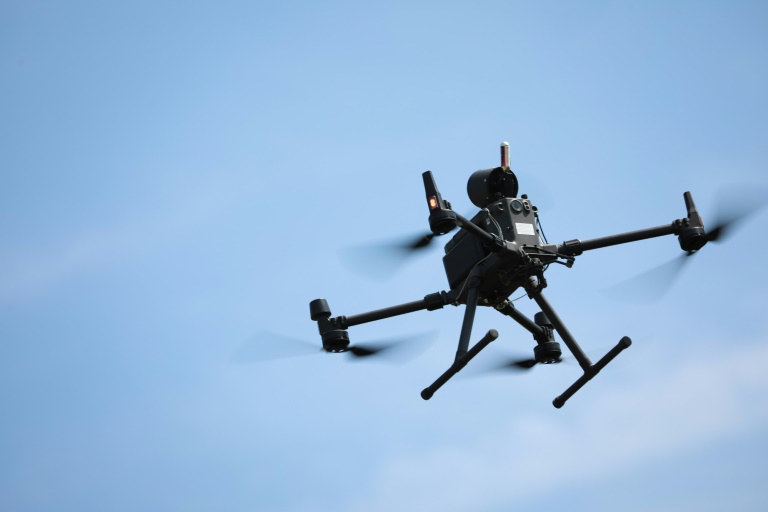In an experiment that sounds about as safe as bobbing for fries, ESA carried out the first-ever 3D metal printing in space aboard the International Space Station (ISS). Built with Airbus, the Metal 3D Printer completed the first of four test shapes.
3D printing isn’t new to the ISS. In fact, the first experiments aboard the station examining the technology began in 2014. However, these worked by melting plastic and then extruding it from a workhead controlled by a digital file to create various complex forms. The plastic doesn’t get too hot and it’s relatively easy to control even in zero gravity.
On the other hand, the Metal 3D Printer (couldn’t they come up with a more imaginative name?) takes things to a whole new level. It also required some major tinkering with the basic metal printer principle to make it nearly safe enough to use on the ISS.
ESA/NASA
Generally, 3D metal printers work by laying down a bed of metal alloy powder, then sintering it with an electron beam or a laser in a pattern based on a digital file. A second layer is automatically spread, and the process is repeated. In the end, the excess powder is removed and the final product is ready for grinding and polishing.
It’s bad enough to be melting metal in zero gravity, but trying to deal with metal powder is not only dangerous, it’s completely impractical. Built by Airbus and Cranfield University in the UK, the Metal 3D Printer gets around the problem by mimicking the plastic printer. A stainless steel wire is fed into the workhead and a laser melts it on the spot before moving on, allowing the molten steel to immediately cool and set.
For added safety, the entire operation was carried out remotely in a sealed metal box.

Airbus
According to the space agency, the printer completed the first of four test shapes in August. It wasn’t much to write home about in terms of looks. In fact, it’s rather crude, but the printer is a technology demonstrator to show how such a device could help future missions become more independent of Earth by allowing crews to manufacture spare parts or special equipment by themselves.
When all four test shapes are completed, they will be returned to Earth for analysis.
“With the printing of the first metal 3D shape in space, ESA Exploration teams have achieved a significant milestone in establishing in-orbit manufacturing capabilities,” said Daniel Neuenschwander, Director of Human and Robotic Exploration at ESA. “This accomplishment, made possible by an international and multidisciplinary team, paves the way for long-distance and long-duration missions where creating spare parts, construction components, and tools on demand will be essential.”
Source: ESA







